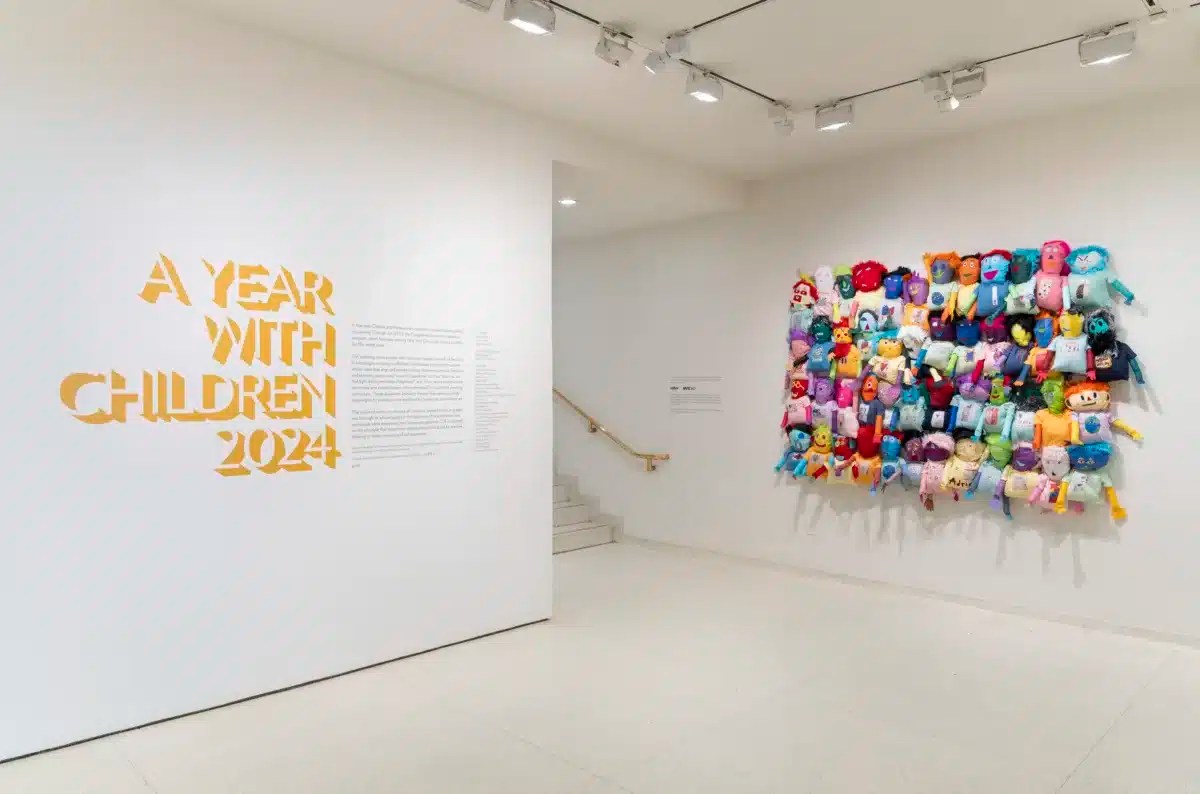The Met Breuer must have at least been tempted to title its latest exhibit “Edvard Munch: Sire of the Selfie,” because at a marketing level that is the essence of this vital new exhibition of the Norwegian artist. Sixteen out of more than 40 works are self-portraits, including the painting that gives the show its actual name, “Edvard Munch: Between the Clock and the Bed.”
It is the first major Munch exhibition in New York in more than a decade, according to co-curator Sheena Wagstaff, and it could not be more timely. If the Breuer had chosen the buzzier title, it might have sparked a discussion about the stultifying 21st-century selfie, because Munch did not simply paint himself wide-eyed at a cupcake shop or with his arm around a celeb — he opened his soul onto the canvas. He even referred to his self-portraits as “self-scrutinies,” and used them to examine his “role as a man in society, as an artist, and as a protagonist in relationships with others,” Wagstaff says.
In the eponymous portrait, finished in 1943, the year before his death, Munch stands, hands at his sides, wedged between a grandfather clock and the foot of his neatly made bed. We also see him naked in hell, pretending to suffer from Spanish Flu, and facing down “inner turmoil” on a sleepless night. These are penetrating looks at why, not peremptory documentations of where.
The exhibit highlights repeated themes, whether his “scrutinies,” bare-breasted Madonnas or the death of his favorite sister, Sophie, at age 15. Two versions of “The Sick Child,” show how her death haunted Munch. A 1907 version has the softness of a Renoir from afar but shimmers with bright, short brush strokes up close. An 1896 version conveys a bleaker diagnosis with long thin brushwork and scratched paint.
Munch’s technique throughout is striking. Shadows menace in two versions of “Starry Night.” Luminous white explodes off the isolated woman in “The Storm” and the sickly infant in “Inheritance.” Nuance from faded flowers at the edge of “Eye in Eye,” or the passing figure beyond the parted curtain of “The Kiss,” can be heart-wrenching.
Spare some time for Munch, comfortably hung in the Breuer’s spacious rooms. But view him through your eyes, not your phone. These tantalizing works deserve too much scrutiny to remain focused on your selfie.
If you go: “Edvard Munch: Between the Clock and the Bed” is on display Wednesday through Feb. 4 at The Met Breuer, 945 Madison Ave., metmuseum.org.

















